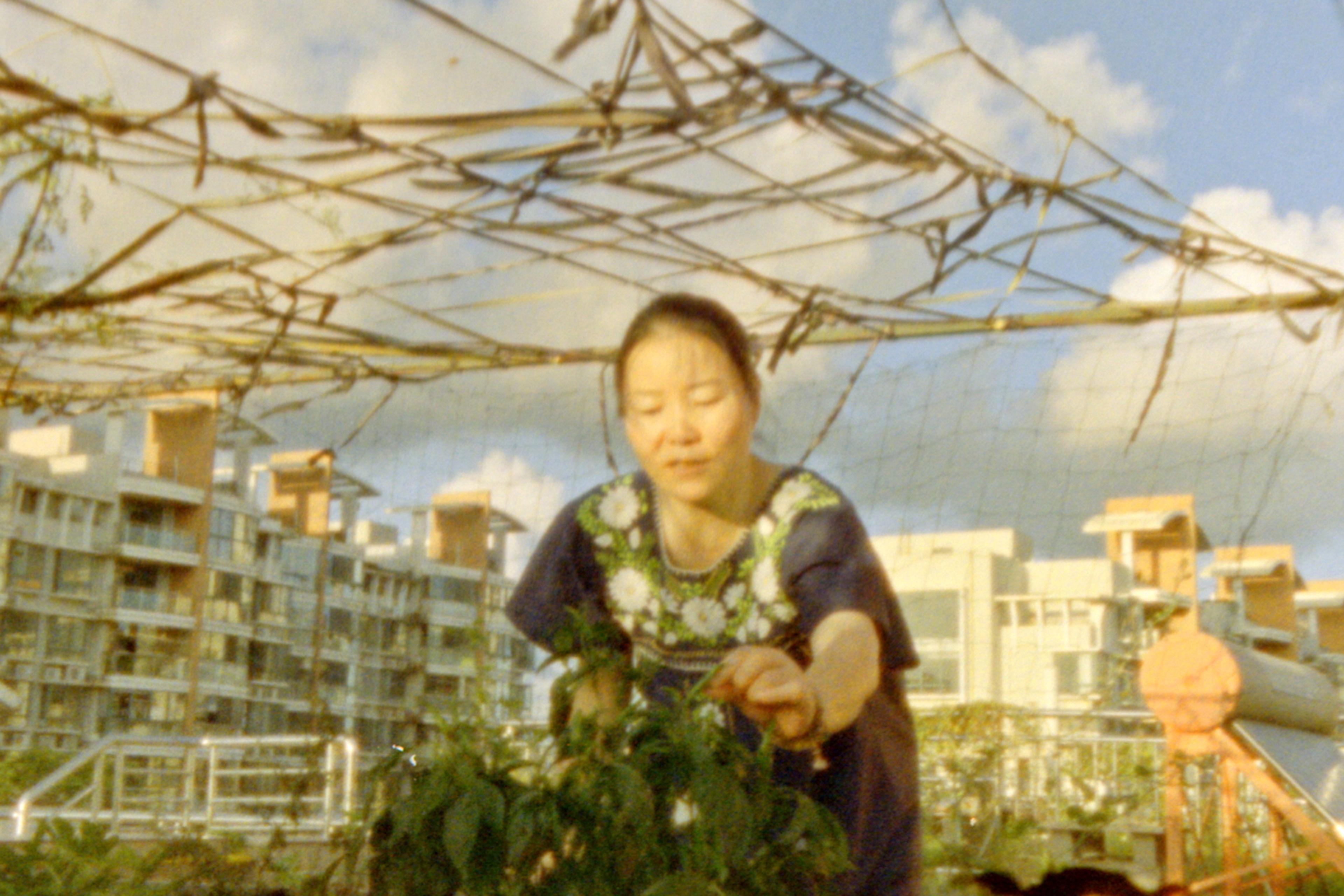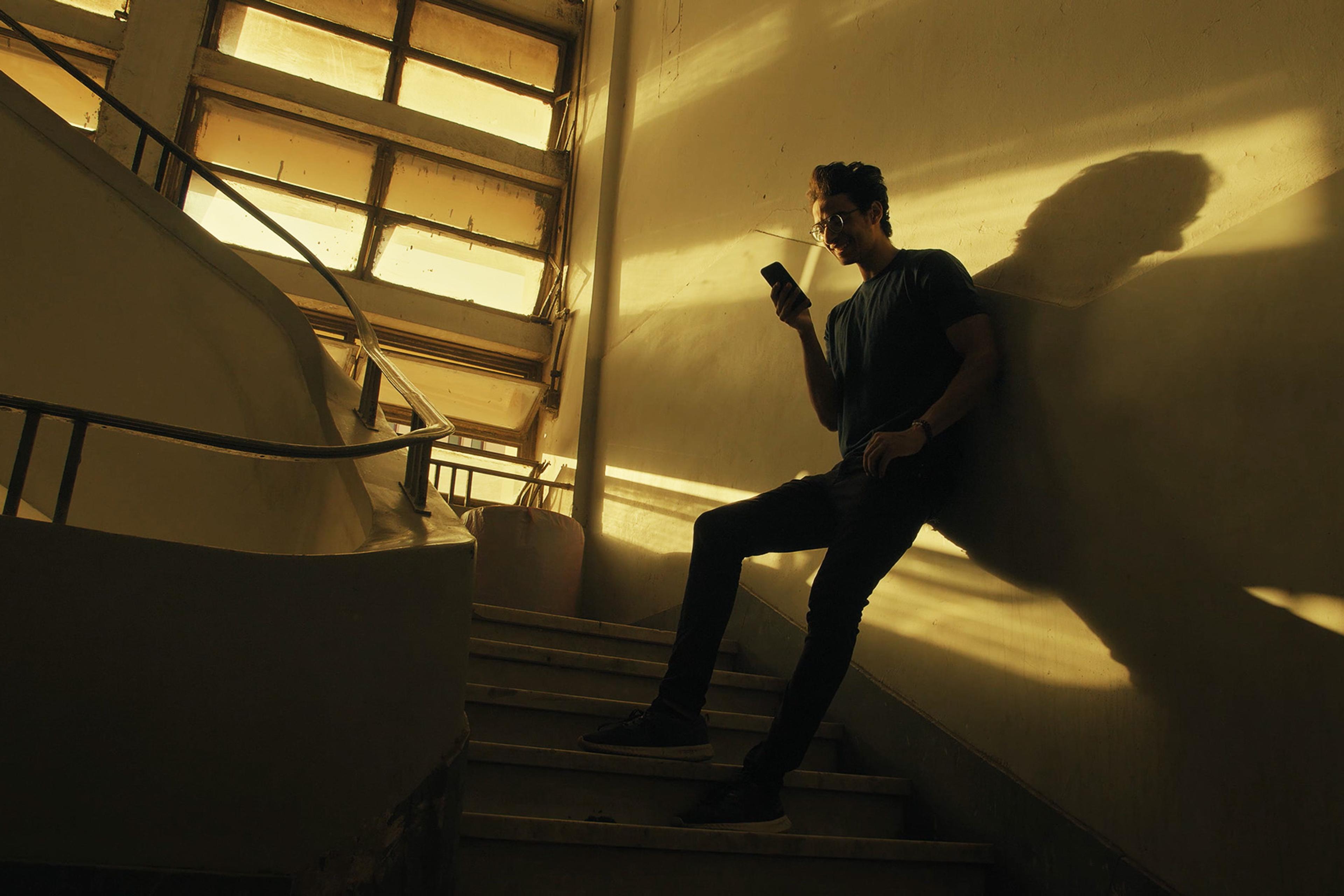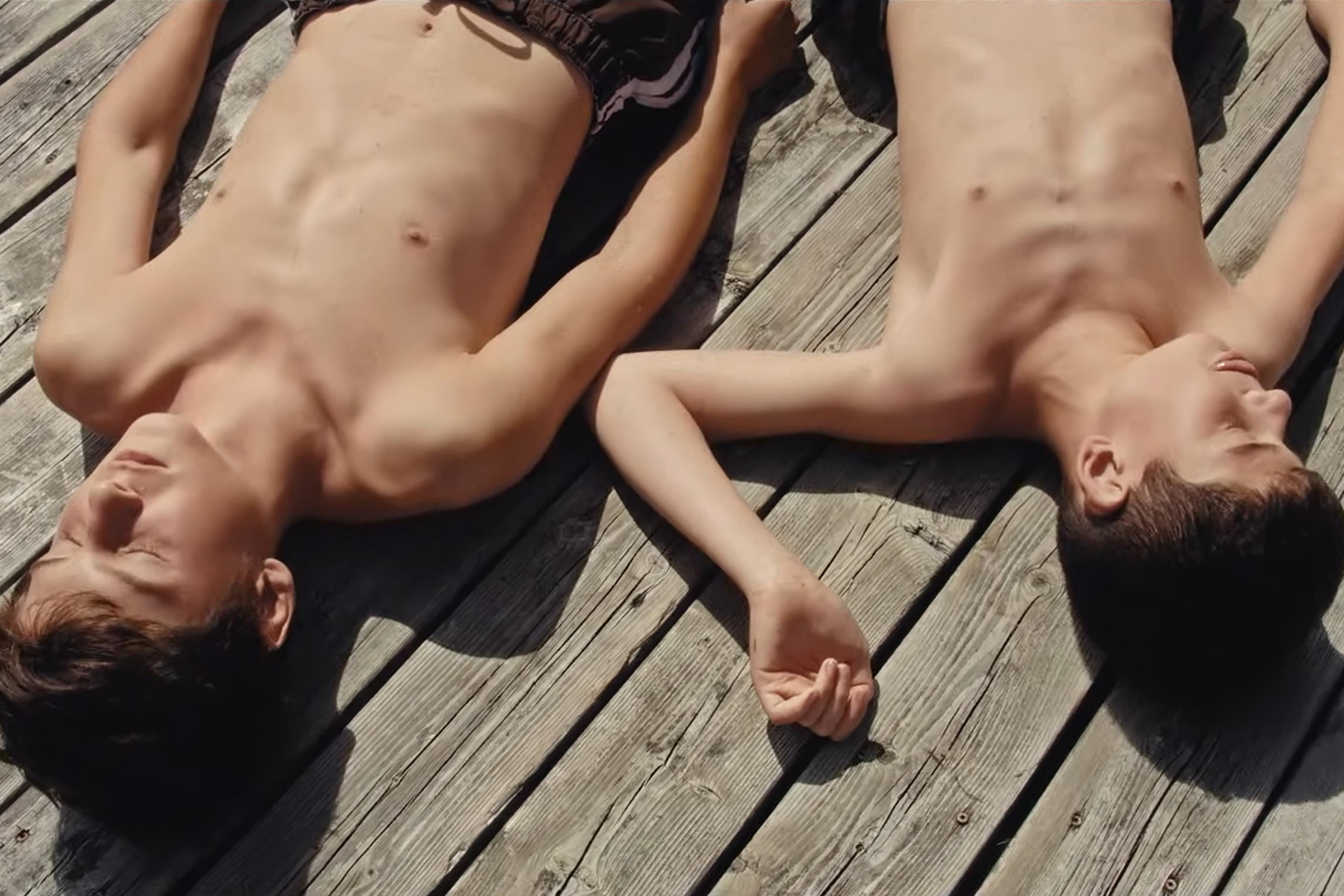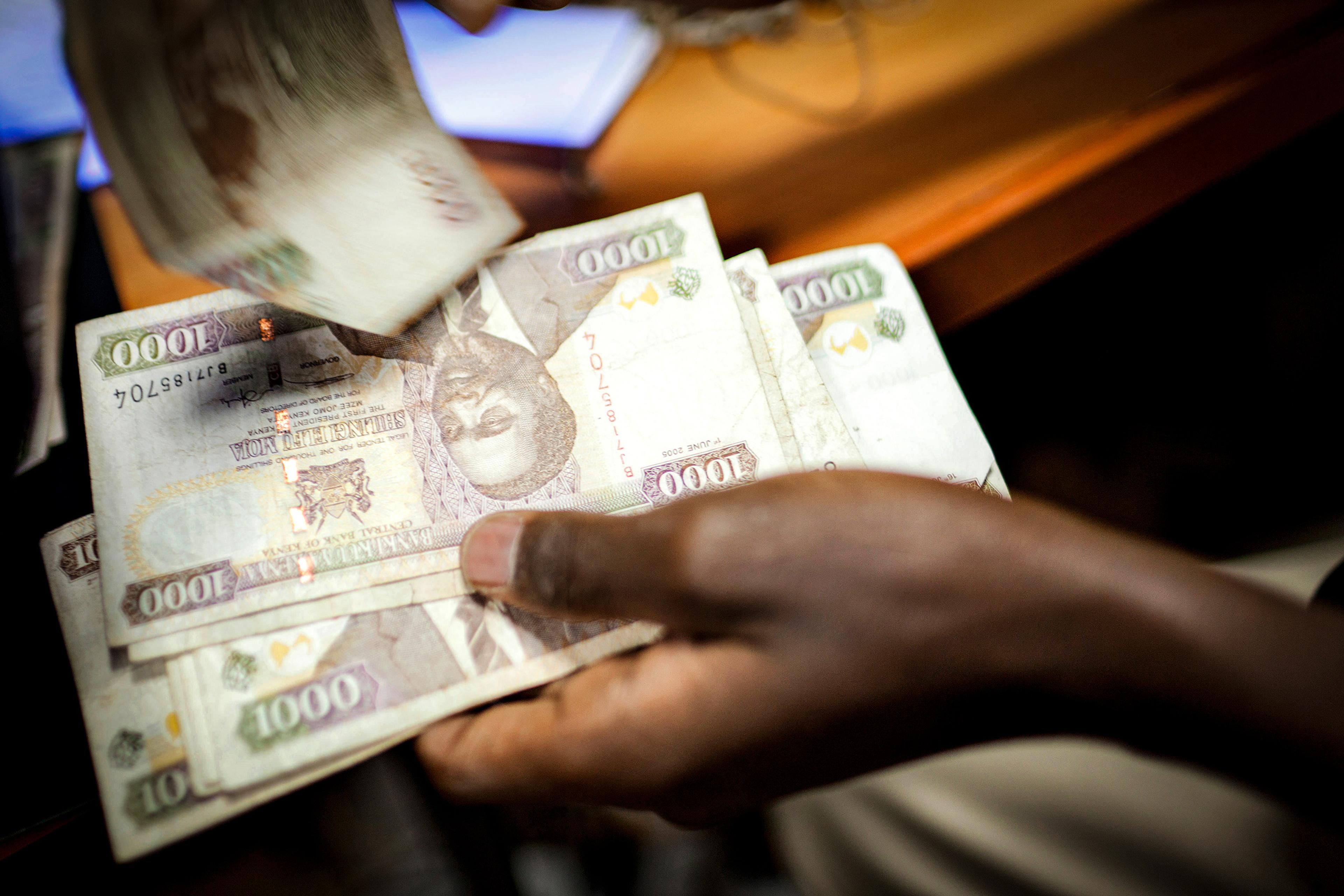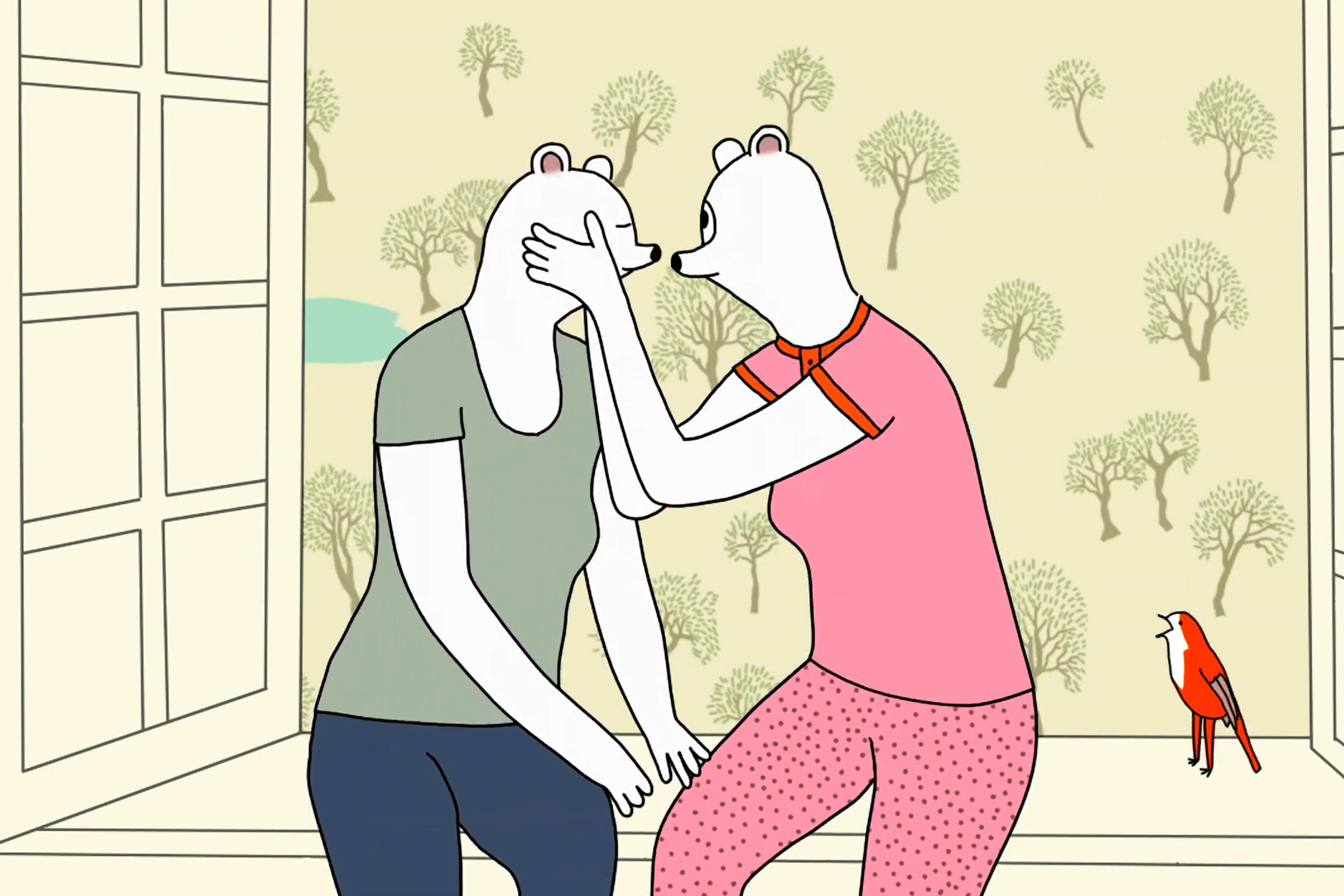Over the past several decades, LGBTQI+ rights in the Arab world have come a long way. However, in many places, state-sponsored repression and social stigma continue to sustain a culture of shame and fear that forces many to hide their sexuality to keep the peace, or even to survive. Despite this, queer people in the Middle East and beyond are sharing their stories.
Faraway is one such story, tenderly told. The film follows the passing of seasons in the life of Omar Al Shakra, a young Arab man living in Montreal, after he’s cast aside by his family’s older generation following a difficult conversation about his homosexuality. Directed by the Montreal-based Canadian Egyptian filmmaker Aziz Zoromba, the short documentary tracks Al Shakra’s life in the months that follow as he embraces his queerness, even as close family members, including his mother, ostracise him for it.
The warm glow of sunsets, the crisp glare of winter mornings, and the waxing and waning of leaves on trees lining city streets signal the passing of a year. Zoromba records small fragments of Al Shakra’s life as this time elapses. Phone calls with his sister reveal the details of his estrangement, as well as news about his mother’s health, as he seeks to reconnect. Meanwhile, he dyes his hair blond, and turns to a close friend and the local queer Arab community for belonging. Surrounded by like-minded others at a Montreal bar, he dances freely.
It’s often from afar and through glass that viewers watch scenes unfold. Zoromba’s fly-on-the-wall style offers an intimate lens into Al Shakra’s life, while also placing themes of distance and displacement at the film’s centre. In the pivotal final sequence, Zoromba captures a phone call between mother and son with grace, gravity and tenderness, bringing into focus the compromises that relationships, and especially loving ones, so often require.
Written by Olivia Hains
